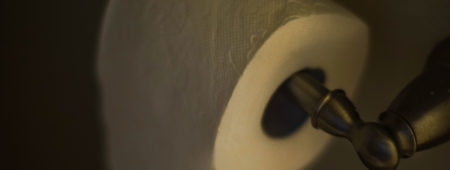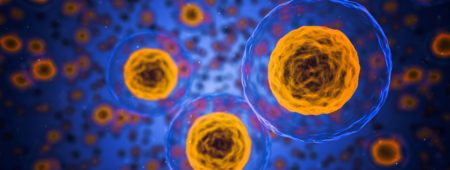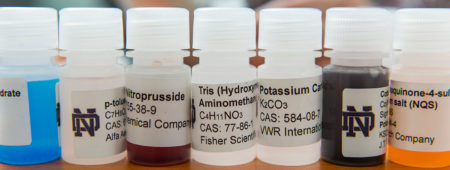
A Simple Test for Fake Drugs

Hertz Fellow Marya Lieberman opened the capsule handed to her by a colleague who had purchased the antibiotic at a market in Haiti.
“I was curious. These were drugs that should be kept cold. I opened up one of the capsules, and it was rotten. You could just smell it,” Lieberman said. “I started thinking, bad-quality drugs must be a problem in a lot of places, not just Haiti.”
Lieberman was right. The World Health Organization (WHO) estimates that one in 10 medical products in low- and middle-income countries are substandard or falsified. Sometimes the poor quality is due to improper transportation or storage. Other times, the drugs are fake. Found in clinics and hospitals as well as through websites and on the street, counterfeit drugs have been found to contain everything from talcum powder and chalk to paint and printer ink.
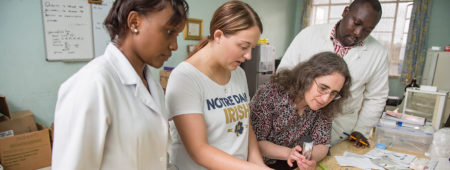
A Low-Cost Solution
Contemplating how to solve the problem, Lieberman was inspired by a 1980s lab book produced by WHO to guide people through doing basic chemical color tests in a simple facility. She’d also been working with a colleague from nearby St. Mary’s College on paper lithography.
Together, they developed the Paper Analytical Device (PAD), a “lab on paper” about the size of a playing card. The PAD puts the power to find fake drugs into the hands of frontline medical professionals, and at a fraction of the cost of standard lab testing.
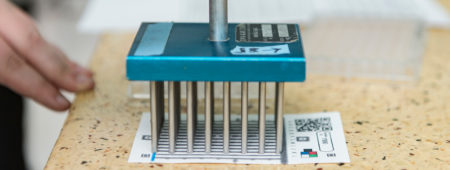
To date, Lieberman and her team have distributed more than 30,000 cards in countries such as Ethiopia and Kenya. “The problem seems to be the worst in countries where the people can least afford to be ill,” Lieberman said.
In the United States, medications are subject to rigorous testing through the Food and Drug Administration. But developing countries often lack the infrastructure and funding to monitor the pharmaceutical industry. As a result, even drugs that are packaged and look legitimate may not be.
“Like these,” Lieberman said, holding up a sealed blister pack. “We got these in Kenya. Half the active ingredients have been replaced with talcum powder.”
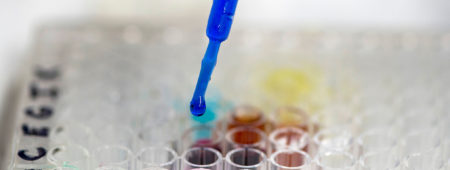
The test to determine authenticity of a drug is simple: Wiping a medication over 12 lanes of reagents and dipping the card in water produces a color “bar code.” The colors reveal whether the drug is legitimate or if the contents have been altered. The user can read the bar code by comparing it to the bar code from a known good sample, or take a cell phone picture and use an image analysis program.
Faster Test Results
By trying 100 pharmaceuticals on the PAD, Lieberman found that 60 could be identified. She is trying to raise that number by obtaining authentic samples of all of the 343 pharmaceuticals WHO recommends as essential for a functioning medical system. She is also focused on decreasing the turnaround time for test results.
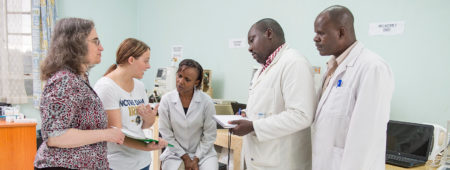
“I’ve come to realize that the time it takes to identify bad-quality products is too long,” she said. “For example, in Kenya, we’re finding that a lot of small shops are turning over their stock of basic antibiotics on a monthly basis. That means you have to find the bad-quality products and get the word out to people within a week or two of the introduction to the new product. Nobody can do that right now.”
Lieberman is working with programmers at Notre Dame to train a neural network that can automate the evaluation process. The neural network will be incorporated into a mobile phone app that can provide instantaneous results as well as collect valuable data—data that can lead local governments to the source of the drugs that are preventing their citizens from getting well.
